Introduction
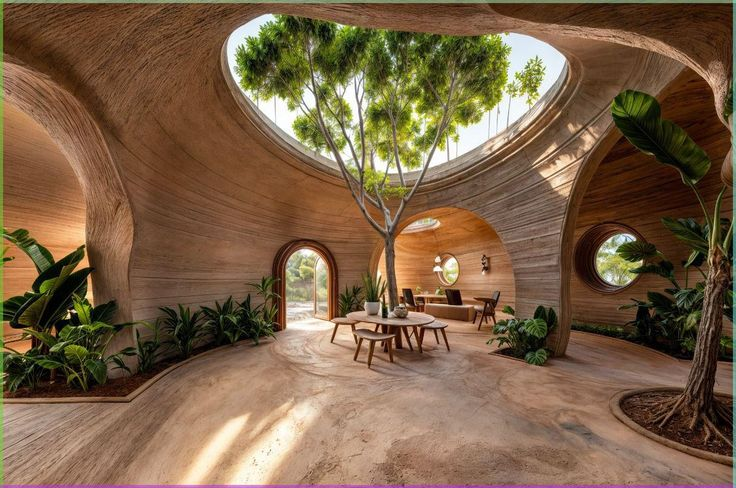
The concept of home is undergoing a profound transformation. No longer static shelters or static physical containers for human activity, homes are evolving into dynamic, responsive, and empathetic ecosystems that engage directly with the minds and bodies of their occupants. The Neuro-Collective Environment embodies this emergent paradigm by integrating neuroscience, wearable brain monitoring technologies, artificial intelligence (AI), and adaptive architecture into a living system that senses, interprets, and responds to the collective neurophysiological states of all residents.
Instead of responding only to individual data points, these intelligent environments blend and balance the needs, moods, and cognitive states of multiple occupants simultaneously. By capturing group-level brainwave patterns and neural signatures, neuro-collective environments enable real-time adaptations in lighting, acoustics, temperature, spatial organization, and sensory ambience that optimize wellbeing, enhance social cohesion, and boost household resilience. Such spaces actively foster connection, emotional synchrony, cognitive performance, and mutual support, providing a modeled template for the future of connected living.
This comprehensive article will explore the foundations, current technologies, design implementations, benefits, challenges, case studies, and future possibilities of Neuro-Collective Environments in homes. The discussion will serve as an authoritative resource for architects, technologists, researchers, developers, and homeowners interested in exploring how collective brain data can guide adaptive residential environments.
1. The Neuro-Collective Paradigm: Foundations and Definitions

Neuroscience Behind the Collective Mind
Human brains produce rhythmic electrical activity known as brainwaves, which are classified into bands—delta, theta, alpha, beta, and gamma—that correspond to various cognitive and emotional states such as relaxation, attention, alertness, or stress. Traditionally, neuroadaptive environments have focused on individual brain metrics, adapting surroundings to one person’s momentary needs.
Neuro-collective science advances this idea by studying group-level neurodynamics, where interconnected individuals exhibit synchronized or correlated brain activity during social engagement, shared attention, or joint tasks. For example, studies using hyperscanning EEG techniques measure the brainwaves of multiple participants involved in conversations or group problem-solving, identifying patterns of neural coupling that reflect empathy, rapport, and collective cognition.
This collective brain data represents a rich but complex signal of household dynamics—capturing not just individual moods but social resonance, emotional contagion, and cooperative energy. By harnessing these insights, neuro-collective environments can become truly social spaces that nurture group wellbeing.
Defining the Neuro-Collective Environment
A Neuro-Collective Environment is a responsive architectural and technological system that continuously monitors the brainwave and physiological states of multiple occupants and adapts the built environment accordingly to support optimal group health and social function.
It blends:
- Multi-user brainwave sensing through EEG headsets or ambient neural sensors.
- Advanced data fusion and AI analytics that extract collective neuro-signatures.
- Adaptive building controls for lighting, HVAC, acoustics, and smart materials.
- User interfaces and feedback that promote awareness and cooperative self-regulation.
- Privacy and security protocols ensuring ethical management of sensitive neural data.
This is a holistic ecosystem where architectural space literally listens to and synchronizes with the mental and emotional states of its inhabitants, forging a new partnership between humans and their homes.
2. Enabling Technologies
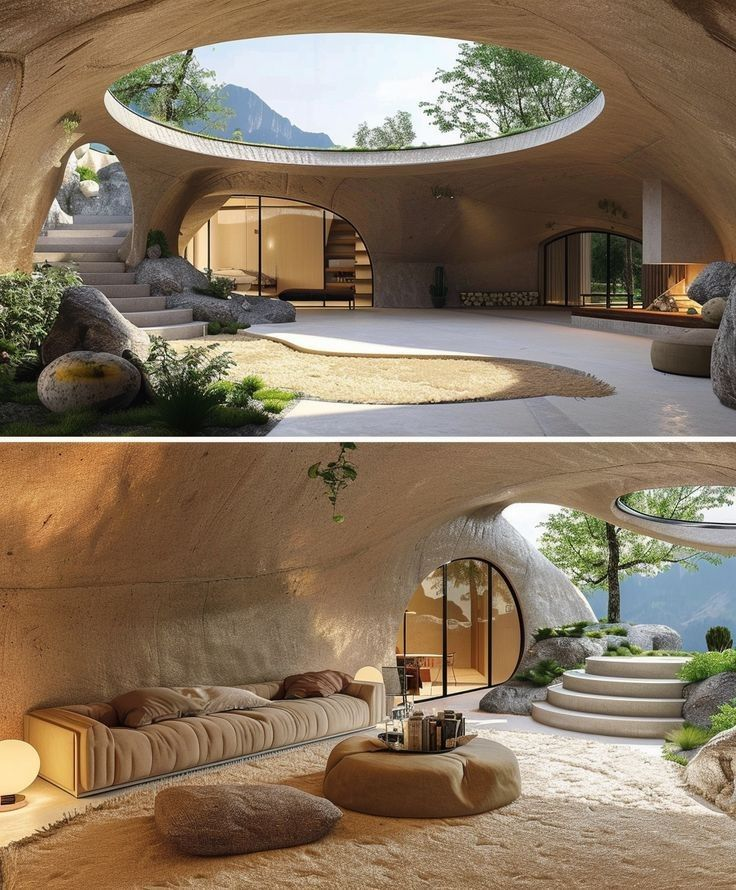
Brainwave Monitoring Hardware
The cornerstone is multi-occupant brainwave sensing. Technology ranges from:
- Wearable EEG devices: Lightweight, wireless headsets capable of measuring scalp electrical activity with sufficient resolution to distinguish relaxation, stress, focus, and other states in real time.
- Ambient neural sensors: Emerging contactless EEG systems embedded in furniture or walls, monitoring brainwaves without obtrusive wearables.
- Multimodal biometric sensors: Including heart rate variability, galvanic skin response, eye tracking, and respiration monitoring, providing complementary physiological data.
Such technologies can measure multiple occupants simultaneously, syncing data streams for fusion.
Data Integration and AI Analytics
Centralized AI platforms aggregate and analyze the multisensor data, including:
- Signal preprocessing and artifact removal to ensure data quality.
- Feature extraction isolating relevant neural markers (e.g., alpha coherence, theta power).
- Data fusion techniques combining brainwave and peripheral physiological data.
- Machine learning algorithms that classify collective states like group calm, conflict, fatigue, or peak performance.
- Predictive analytics to anticipate emerging group dynamics and optimize environmental presets proactively.
Building Control Systems
Neuro-collective insights inform control centers managing:
- Lighting: Dynamic color temperature, intensity, and zoning to promote alertness or relaxation tailored to collective needs.
- Acoustics: Adaptive soundscapes, noise masking, and spatial sound field modulation fostering harmony or focus.
- Indoor climate: Temperature, humidity, and airflow adjusted to group comfort profiles.
- Smart materials: Responsive surfaces, fabrics, and furniture that change texture or position according to neurofeedback.
- Olfactory modulation: Dispensing scents known to affect mood and cognition.
User Experience and Interfaces
User interfaces translate invisible brain data into comprehensible feedback for residents:
- Visual dashboards: Real-time collective neurofeedback displayed via wall screens or mobile apps.
- Auditory signals: Gentle cues or soundscapes guiding mood regulation.
- Actionable suggestions: AI-driven prompts encouraging mindfulness, movement, or breathing exercises to balance group states.
- Privacy controls: Residents manage data sharing, awareness levels, and system authority.
3. Architectural and Design Dimensions
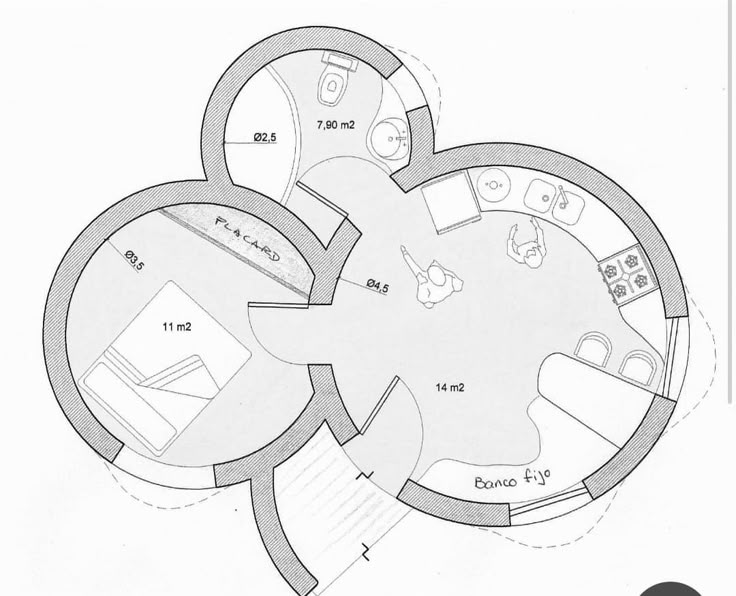
Spatial Configurations Supporting Neuro-Collectivity
Architectural layouts deeply influence the ability to foster collective neurodynamics:
- Circulation: Circular or looped pathways facilitate social exchange and neural synchronization through repeated interaction.
- Zoning: Flexible spaces that accommodate both communal gatherings and private retreats enable neurodiverse needs.
- Multi-sensory layers: Integration of nature (plants, water), materials, light, and sound creates immersive environments conducive to shared relaxation or activation.
- Adaptive furniture: Moving walls, reconfigurable seating, and shared work/play areas support changing social modes.
Integration of Smart and Living Materials
Materials that respond to neuro-collective data—like walls that change opacity or color, fabrics that modulate firmness, or surfaces that transmit warmth—can physically manifest group energy shifts, grounding abstract neural data in tangible experience.
Emotional and Symbolic Resonance
Design elements reflecting collective memory, culture, and values amplify the psychological effects of neuroadaptive control. Spaces imbued with meaningful art, textures, and heritage foster a safe and resonant container for group expression.
4. Benefits of Neuro-Collective Environments

Elevated Wellbeing and Health
Collective neuro-adaptive homes help:
- Reduce household stress and conflict through calming environmental triggers.
- Support cognitive functions like attention, memory, and creativity via modulation of stimuli.
- Foster emotional regulation and resilience for all members, including those with neurodiverse profiles.
Strengthening Social Bonds
Shared neurofeedback and adaptive spaces nurture empathy, communication, and cooperation, turning homes into hubs of relational harmony and social support.
Enhanced Productivity and Learning
By tuning environments to group cognitive states, neuro-collective homes optimize work-from-home and educational settings, increasing focus and collaboration.
Inclusivity and Accessibility
Adaptive environments accommodate various sensory sensitivities, preferences, and neurotypes, making homes more welcoming and usable for all.
Energy Efficiency and Sustainability
By dynamically aligning environmental changes with occupant states, these systems avoid unnecessary energy use, supporting sustainability goals.
5. Challenges and Ethical Considerations
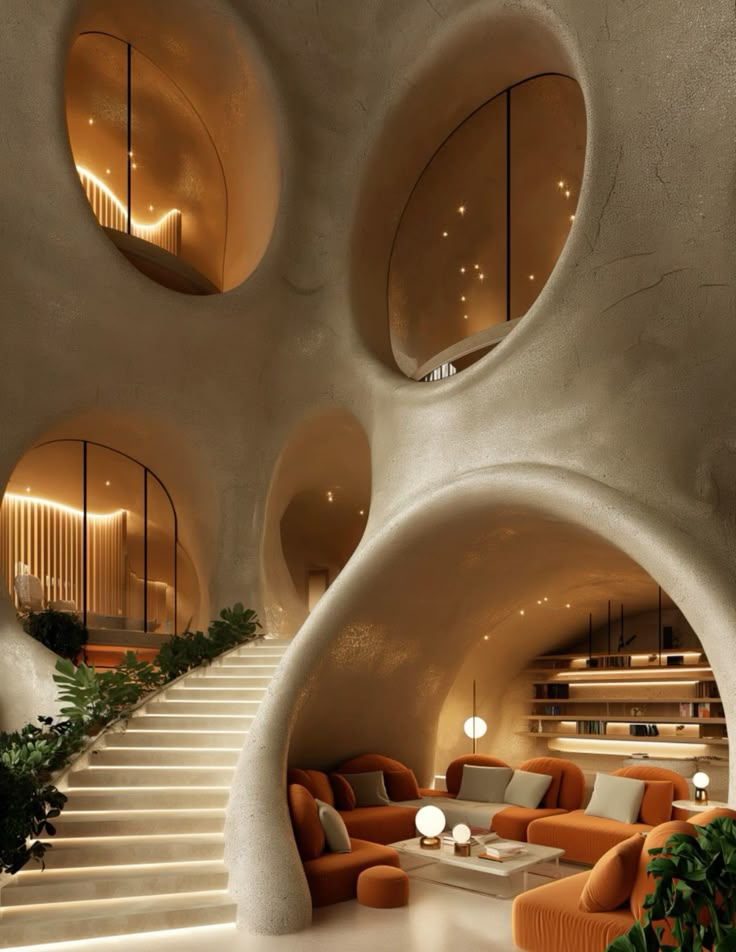
Privacy, Consent, and Data Security
Neural data are profoundly sensitive. Ensuring:
- Full informed consent with granular controls.
- Secure storage and transmission with state-of-the-art encryption.
- Transparency about data use and AI decision-making.
- Possibility for residents to opt out or override systems.
Technical Hurdles
- Ensuring signal quality and reducing interference in multi-user settings.
- Developing interoperable standards among device and system manufacturers.
- Balancing automation with resident agency to avoid alienation.
Social and Psychological Impacts
- Avoiding dependence on technology for emotional regulation.
- Mitigating risks of surveillance or behavioral control.
- Addressing diverse cultural perceptions of brain monitoring.
Cost and Accessibility
- Making neuro-collective environments affordable and scalable.
- Ensuring equitable access to prevent digital divides.
6. Case Studies and Pilot Projects
- Project WAVE, University of California: A smart residential study using group EEG monitoring to adapt lighting and soundscapes, resulting in reported decreases in household tension and improved sleep quality.
- NeuroSynch House, Amsterdam: An experimental home integrating wearable EEG for all family members, modulating environmental controls and offering live neurofeedback to enhance communication.
- Corporate Neuro-Collective Offices: Firms piloting neurosensing desks and shared ambient controls report improved team cohesion and mental health scores.
7. Future Directions
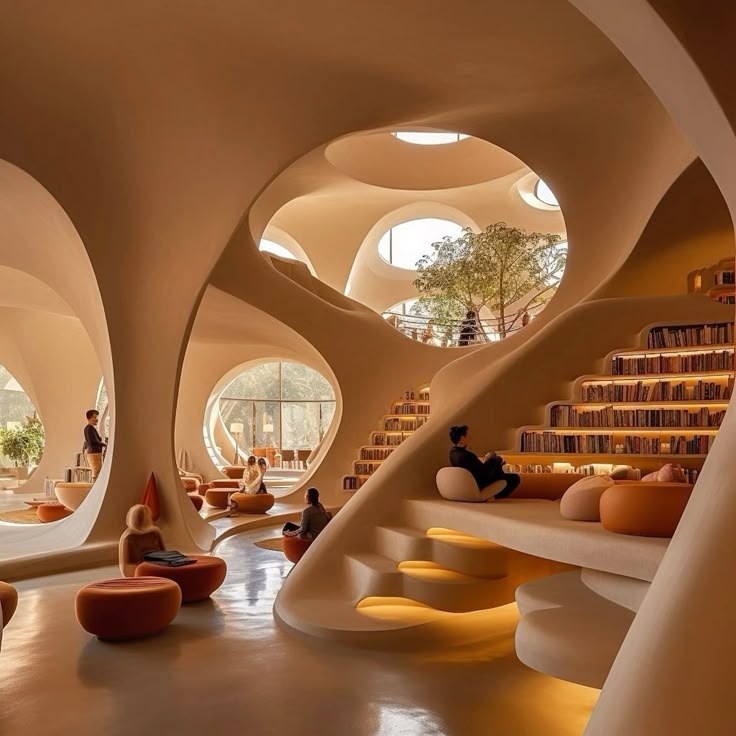
Integration with the Smart City and Community Networks
Neuro-collective principles extending beyond individual homes to neighborhoods could facilitate synchronized environmental control, social wellbeing initiatives, and shared resilience strategies.
AI-Driven Predictive and Proactive Control
Advances in AI will enable prediction of group mood shifts before they occur, allowing seamless pre-emptive environmental adjustments.
Multi-Modal Biological Integration
Combining neural data with cardiovascular, respiratory, and hormonal sensor feeds for holistic collective health monitoring.
Hybrid Physical-Digital Experiences
Augmented reality environments where real-time neuro-collective data create dynamic visualizations and meditative spaces for group use.
Conclusion
The Neuro-Collective Environment marks a profound advancement in the future of living spaces—shifting homes from passive backdrops to vibrant, adaptive ecosystems attuned to the minds and hearts of all inhabitants. By capturing and responding to the shared neurophysiological states of residents, these environments foster wellbeing, harmony, productivity, and inclusiveness rarely achievable through conventional design.
Though rich with promise, realizing this vision demands interdisciplinary collaboration, ethical foresight, technological innovation, and social sensitivity. Designers, technologists, and homeowners who pioneer neuro-collective environments will reshape what it means to truly live together—cultivating homes that breathe, learn, and evolve with the collective mind of the household.
For expert consultation on designing and implementing Neuro-Collective Environments, brainwave integration, adaptive architecture, or AI-driven group wellbeing solutions, please contact:
Mishul Gupta
Email: contact@mishul Gupta
Phone: +91 94675 99688
Website: www.mishul gupta.com
